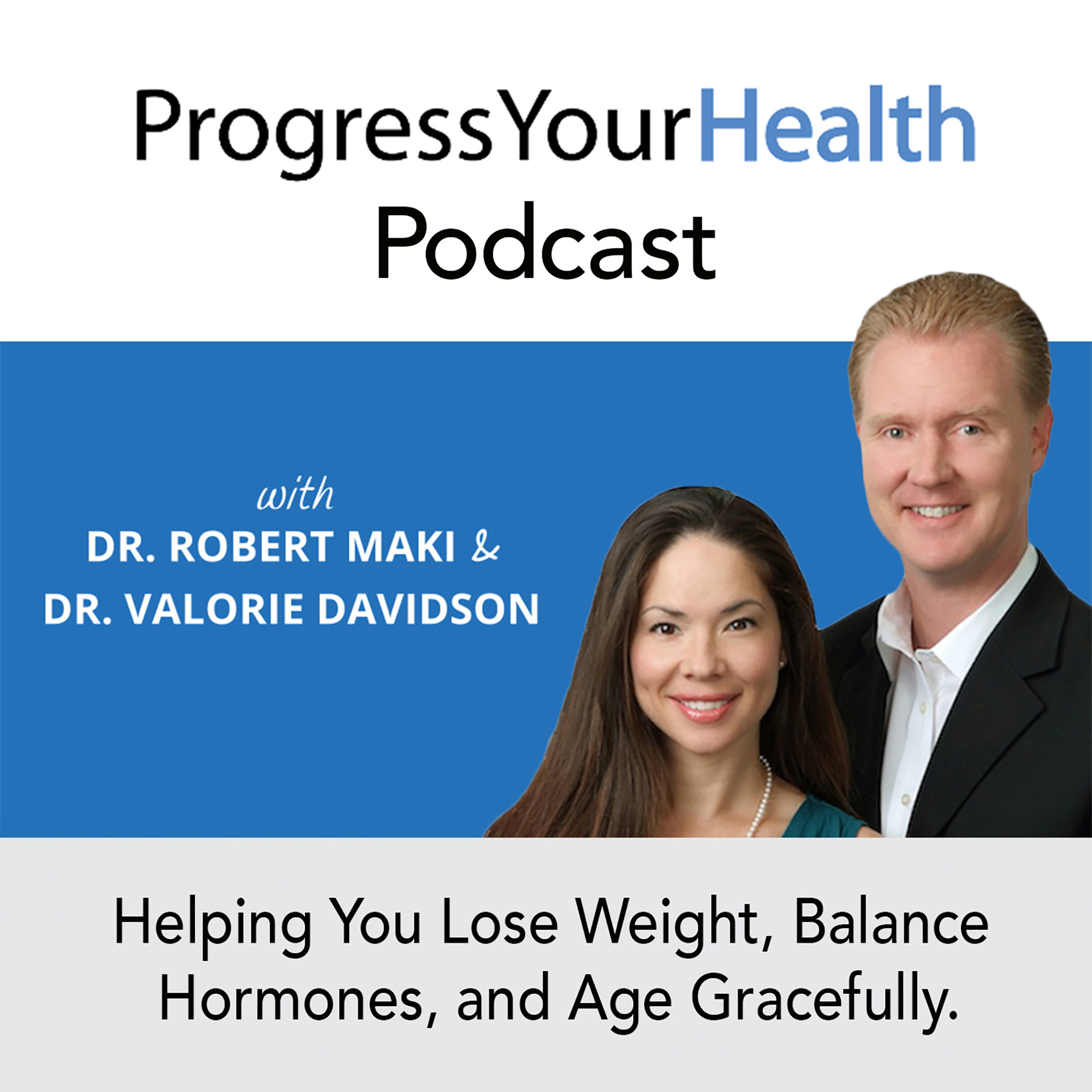What is Subclinical Hypothyroidism? | PYHP 037

b'Here is a typical scenario:\\nI don't know what to do I have all the symptoms of low thyroid. \\xa0My hair is falling out. \\xa0I am exhausted, no energy whatsoever. \\xa0I have gained weight, even though I try to eat well and exercise. \\xa0But honestly, I am too tired to exercise. \\xa0Sorry for the TMI, but I am constipated, bloated and fiber makes it worse. \\xa0I am feeling pretty low mood wise and so tired. \\xa0My skin is really dry, and all I want to do is sleep. \\xa0\\nI went to my general practitioner, and she ran my blood work for thyroid. \\xa0My doctor says my thyroid is fine. \\xa0But I don't feel fine! Then she just told me to go on a diet and gave me a prescription for an antidepressant. \\n\\nI cannot tell you how many times I have seen this scene. \\xa0That is because your general practitioner, endocrinologist, internist, PCP are looking for disease or if something is broken. \\xa0But what if there is not a disease (thank goodness)? \\xa0They really do not know what to do with you. \\xa0To check for thyroid disease, your doctor will run a TSH (thyroid stimulating hormone). \\xa0\\nThe TSH is a signal from the brain monitoring the thyroid status. \\xa0If you have thyroid disease causing an underactive thyroid, the TSH will be elevated. And if you have an overactive thyroid, the TSH will be very low. \\xa0But the TSH is checking for thyroid disease. \\xa0We have a lot of patients that do not have thyroid disease but still have a subclinical, \\u2018hypofunctioning\\u2019\\xa0of the thyroid. \\xa0\\nTrying to keep this relatively simple, your thyroid gland makes T4 thyroxine, which is a very stable molecule and will travel in the system and mainly your liver will convert T4 to T3. \\xa0Triiodothyronine (T3) is a very unstable molecule but is the active thyroid hormone. \\xa0In Subclinical Hypothyroid, you will often see a normal TSH, normal T4 and a lower Free T3.\\nSubclinical Hypothyroid:\\n\\n\\nTSH reference range is .45-4.5 = see anywhere from .45 to 2.5\\nFreeT4 reference range is .8-1.8 = will see .8 to 1.1\\nFreeT3 reference range is 2.2-4.4 = will see 2.0 to 2.9\\n\\nAgain, your conventional primary care doctor, endocrinologist, GP, internist are looking to make sure you are not going to die of a disease. \\xa0They are not going to check your Free T3. \\xa0And rarely they may check your Free T4. \\xa0But if they do, they do not know what to do if the TSH is normal. \\xa0\\nWe find by optimizing your T4 and especially your Free T3; the Subclinical Hypothyroid symptoms go away. \\xa0We still keep the TSH in the normal range but try to optimize the Free T3 to 3.5-4.4. \\xa0\\nThis is done in many ways based on the patient's personal and family health history, their symptoms and goals. \\xa0We might implement a combination of vitamins, minerals, glandulars, medication and lifestyle factors to treat subclinical hypothyroid. \\xa0\\xa0\\n\\nHopefully, this has been informative and helpful to you. If you have any questions or personal stories, please feel free to email us at help@progressyourhealth.com.\\n\\nThe post What is Subclinical Hypothyroidism? | PYHP 037 appeared first on'